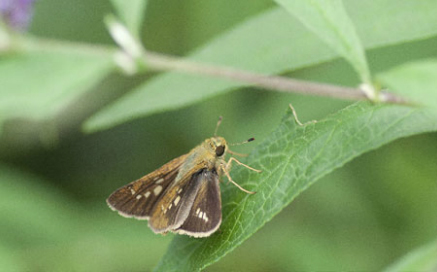Living organisms
Winter migratory birds
Winter migratory birds: You can see them roughly from the last ten days of October to the first ten days of March.
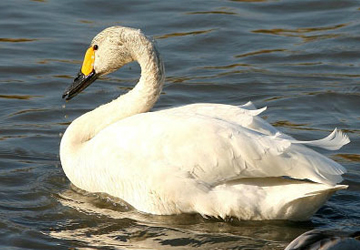
Bewick's swan
Cygnus columbianus
Length : 120cm
- Natural Monument No. 201-1
- Period : Oct. ~ Feb.
- Prey : Plant leafs or fruits
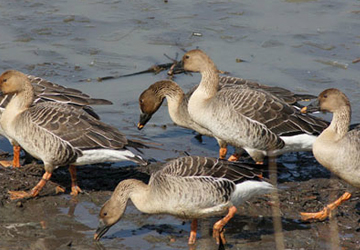
Bean goose
Anser fabalis
Length : 85cm
- Period : Oct. ~ Mar.
- Prey : Plant leafs or fruits
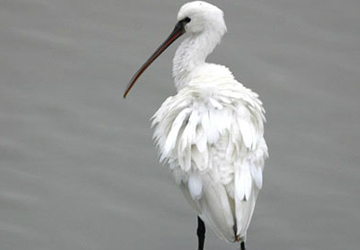
Spoonbill
Platalea leucorodia
Length : 86cm
- Natural Monument No. 205-2
- Period : Nov. ~ Feb.
- Prey : Small fishes, aquatic insects
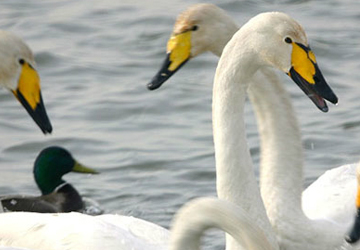
Whooper swan
Platalea leucorodia
Length : 140cm
- Natural Monument No. 201-2
- Period : Nov. ~ Feb.
- Prey :plant tuber, Small fishes
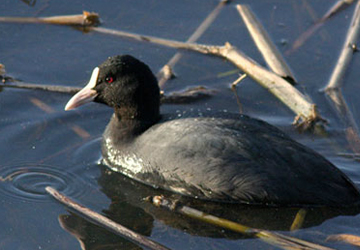
Coot
Fulica atra
Length : 40cm
- Period : Oct. ~ Mar.
- Prey : Insects, Aquatic plants
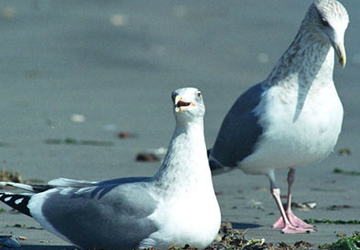
Herring gull
Larus argentatus
Length : 40cm
- Period : Oct. ~ Mar.
- Prey : Dead animals
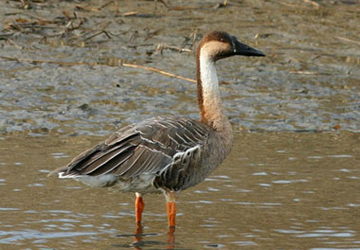
Swan goose
Anser cygnoides
Length : 87cm
- Natural Monument No. 325-1
- Period : Oct. ~ Mar.
- Prey : Plant leafs or fruits
Summer migratory birds
They appear around April and live and breed until September, before migrating to southern regions in the autumn.
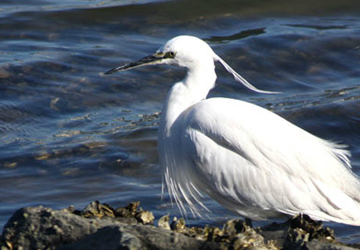
Little egret
Egretta garzetta
Length : 61cm
- Period : Apr. ~ Oct.
- Prey : Fishes, Frogs, Shrimps
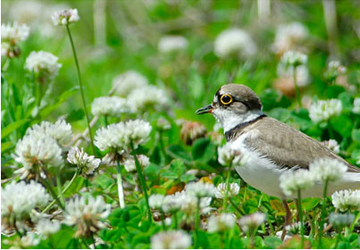
Terek sandpiper
Xenus cinereus
Length : 23cm
- Period : Apr. ~ Aug.
- Prey : Insects, Spiders
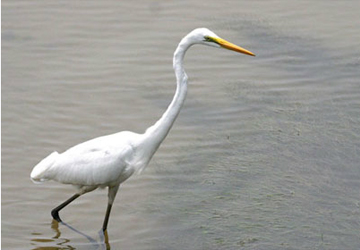
Great egret
Platalea leucorodia
Length : 86cm
- Period : Apr. ~ Oct.
- Prey : Fishes, Frogs, Shrimps
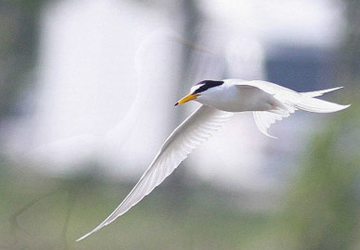
Little tern
Platalea leucorodia
Length : 86cm
- Period : Apr. ~ Aug.
- Prey : Fishes
Birds of passage
Around April to May and from around the last ten days of August until October, when they migrate to their breeding grounds and wintering place, they feed while resting at the mouth of the Nakdonggang River, storing energy in preparation for the long flight ahead. The birds of passage are mostly snipes and plovers and they form a group of more than, 2,000 birds in all, covering the sandy shore and mud flats.
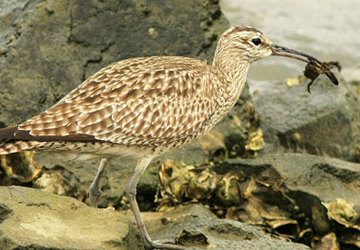
Whimbrel
Egretta garzetta
Length : 43cm
- Period : Apr. ~ May., Aug. ~ Oct.
- Prey : Lugwoms, Insects, Crabs
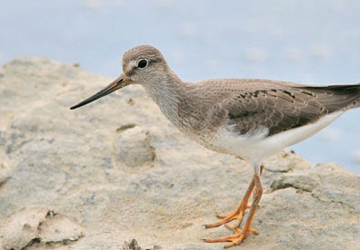
Terek sandpiper
Charadrius dubius
Length : 16cm
- Period : Apr. ~ Aug.
- Prey : Insects, Spiders

Gray-tailed tattler
Tringa brevipes
Length : 86cm
- Period : Apr. ~ May., Aug. ~ Oct.
- Prey : Insects, Lugworms
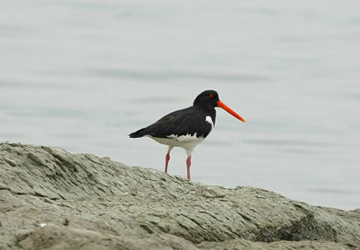
Oystercathcer
haematopus ostralegus
Length : 45cm
- Natural Monument No. 326
- Period : Feb. ~ Apr., Sep. ~ Nov.
- Prey : Aquatic animals, Crabs, Insects
Resident birds
Resident birds: These are birds which do not migrate according to the season but breed and spend the winter here, all within a certain region.
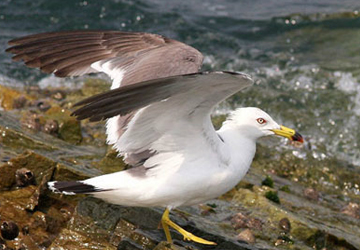
Black-tailed Gull
Larus crassirostris
Length : 47cm
- Period : The whole year
- Prey : Fishes, Insects
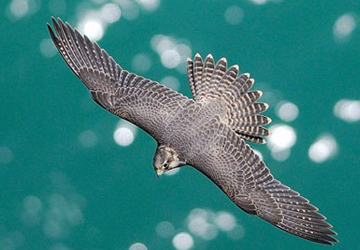
Peregrine falcon
Falco peregrinus
Length : 42cm
- Natural Monument No. 323-7
- Period : The whole year
- Prey : Small birds, Chick, Mouses
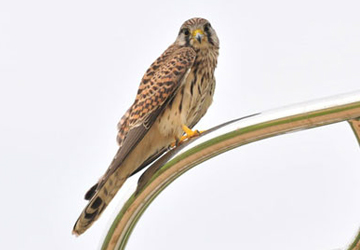
Kestrel
Falco tinnunculus
Length : 33cm
- Natural Monument No. 323-8
- Period : The whole year
- Prey : Small birds, Chicks, Mouses
Aquatic plant
These are plants which grow in the water and on the water's edge and whose entire body or part of the plant can live in water.
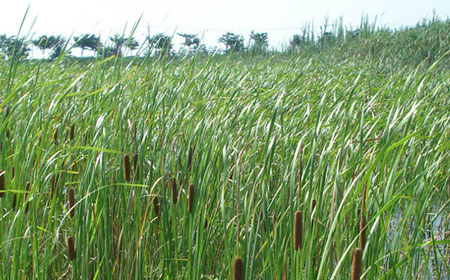
Typha angustifolia
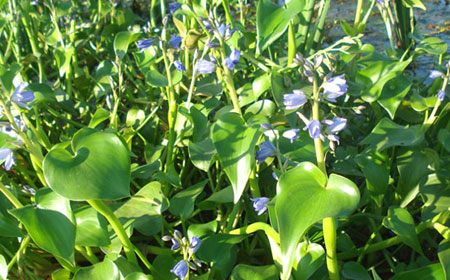
Monochoria korsakowii
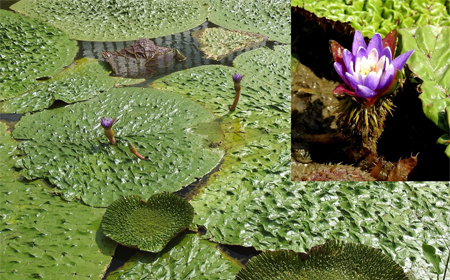
Euryale ferox
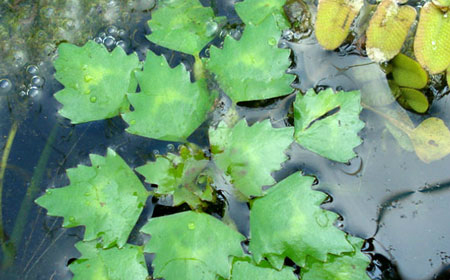
Trapa japonica
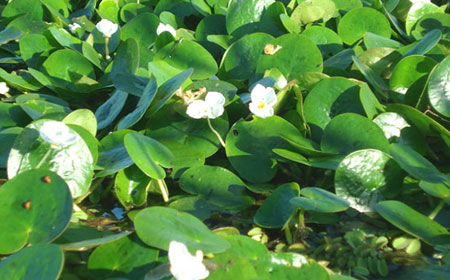
Hydrocharis dubia
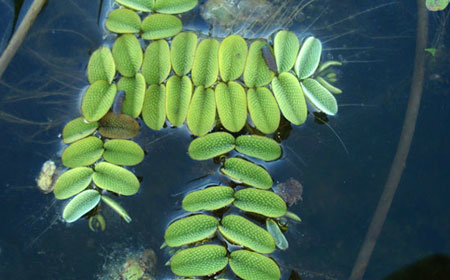
Salvinia natans
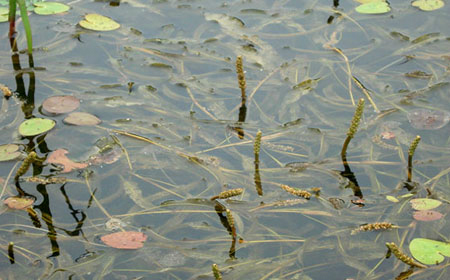
Potamogeton wrightii
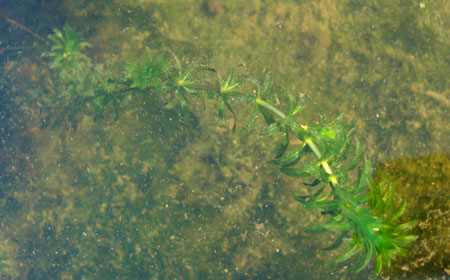
Hydrilla verticillata
halophyte
These are plants which grow in very salty places, such as those affected by sea water, and which can adapt themselves to environments which have high concentrations of salt.
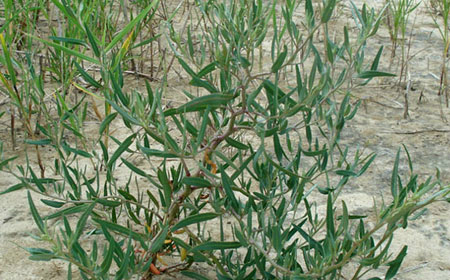
Atriplex gmelinii
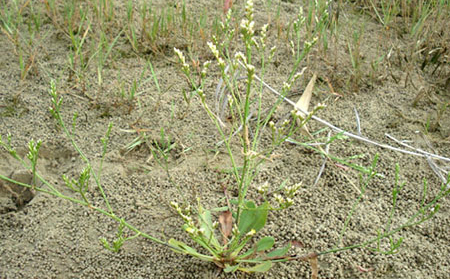
Limonium tetragonum
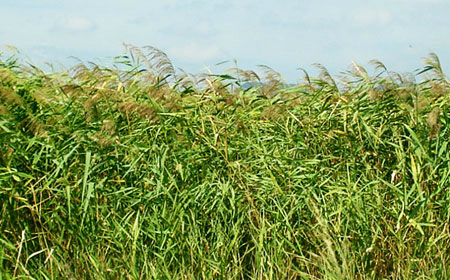
Phragmites australis
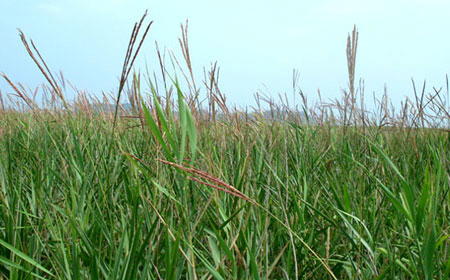
Phacelurus lalifolius
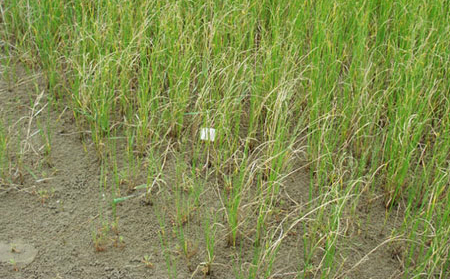
Carex scabrifolia
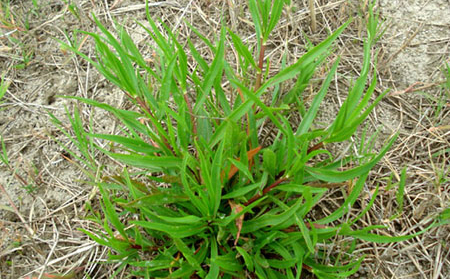
Aster tripolium
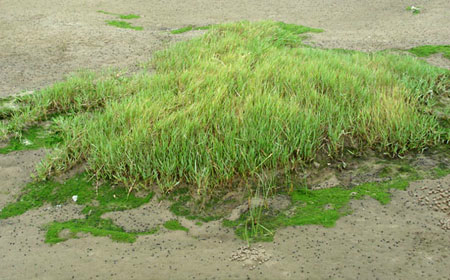
Zoysia sinica
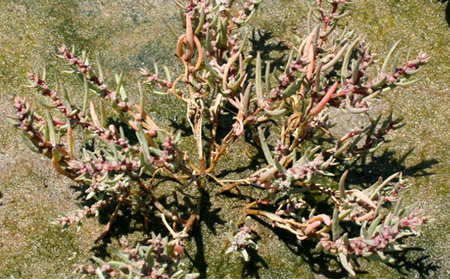
Suaeda japonica
Coastal sand dune plant
These plants thrive on coastal sand dunes and sandy soil at the seashore. They adapt themselves to environments afflicted by insufficient nourishment, strong sunlight and airborne sand.
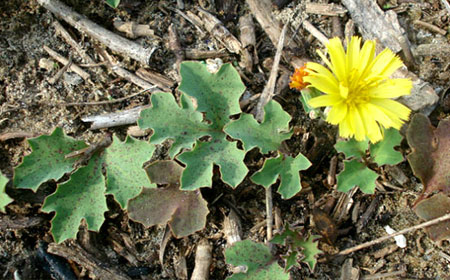
Ixeris repens
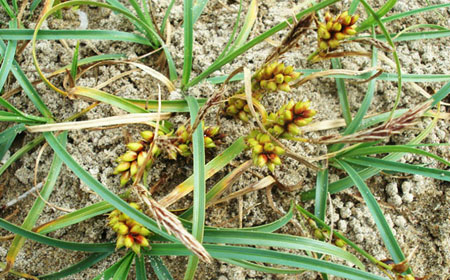
Carex pumila
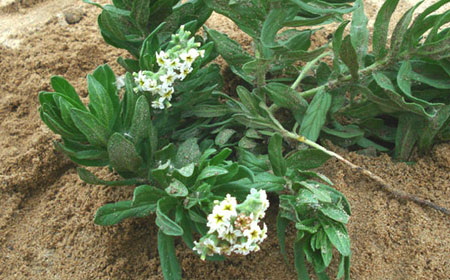
Tournefortia sibirica

Salsola komarovii
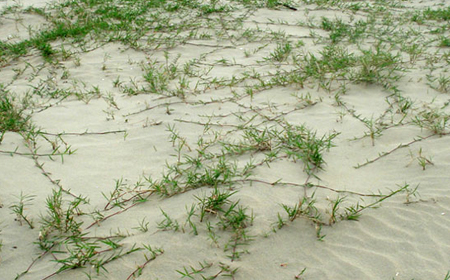
Cynodon dactylon
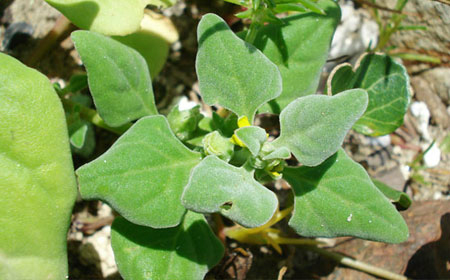
Tetragonia tetragonoides
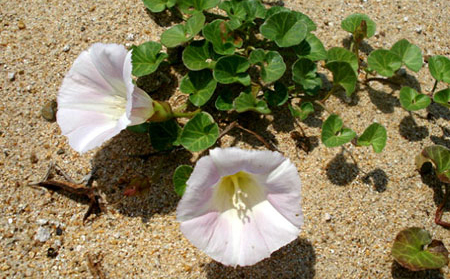
Calystegia soldanella
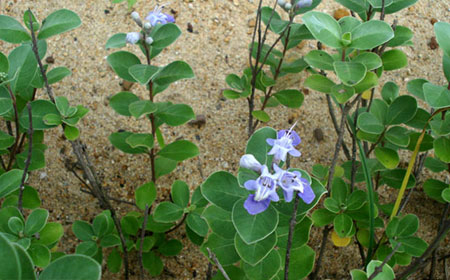
Vitex rotundifolia
Molluscs
Their bodies are soft and they have arthromeres. All molluscs are active with soft muscular feet. These include clams or gastropods, which are a common sight.
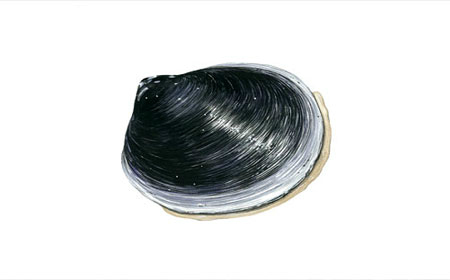
Corb shell
Cyclina sinensis
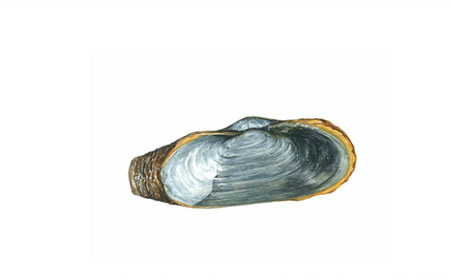
laternula marilina
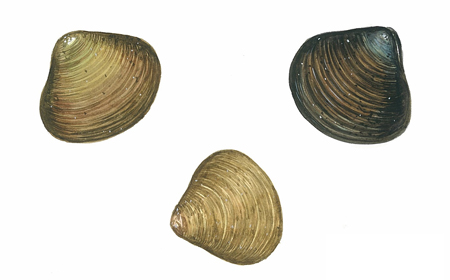
Marsh clam
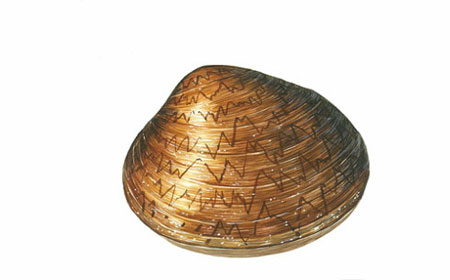
Meretrix lusoria
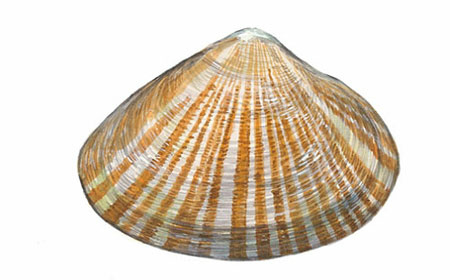
Hen clam
Mactra chinensis
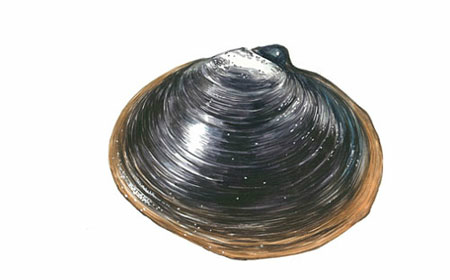
Soletellina dlivacea
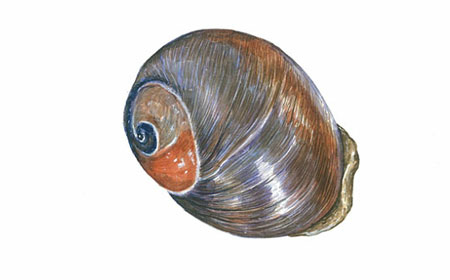
Sea snail
Glossaulax didyma
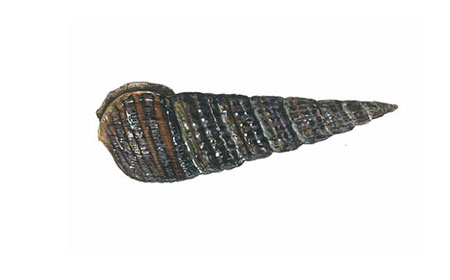
Batillaria multiformis
Arthropod
Their bodies are bilaterally symmetrical and they have a constitutional structure with a dermoskeleton made of a chitinous substance on the surface of the body. They include prawns or crabs, which are both common
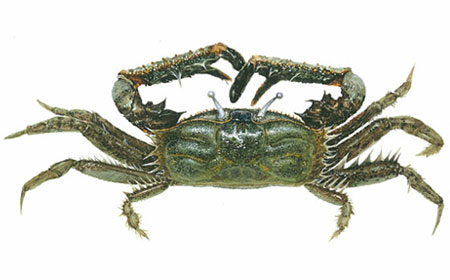
Macrophthalmus dilatatus
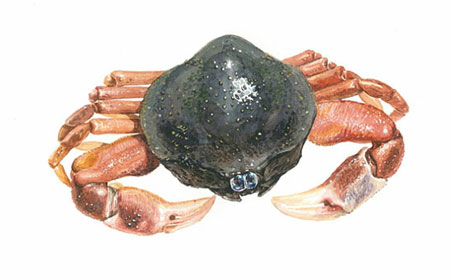
philyra pisum
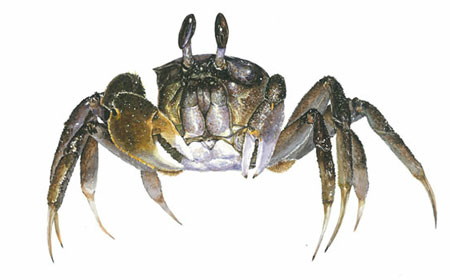
Ocypode stimpsoni
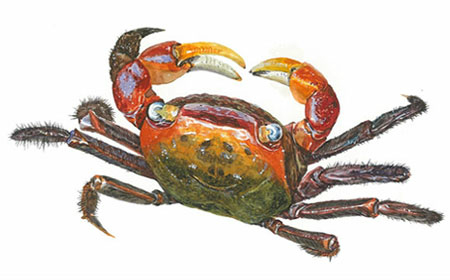
Seama haematocheir
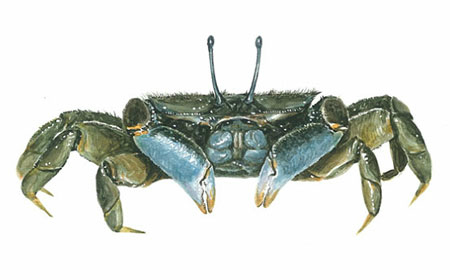
Macrophthalmus japonicus
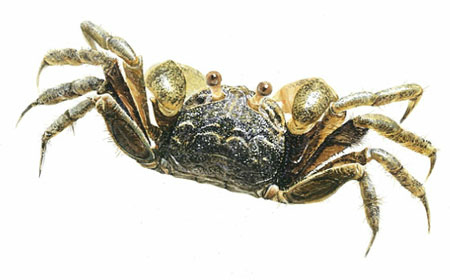
Sand-bubbler crab
Scopimera globosa

Ghost shrimp
Upogebia major
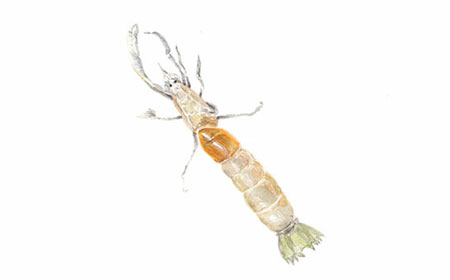
Japanese ghost shrimp
Callianassa japonica
Others
In addition to the molluscs and arthropods, a lot of zoobenthoes such as lugworms, gray mullet and javeline goby inhabit the mud flats at the mouth of the river.
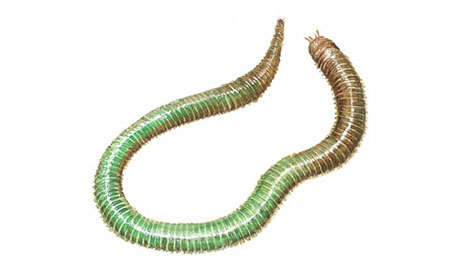
Perinereis vancaurica tetradentata
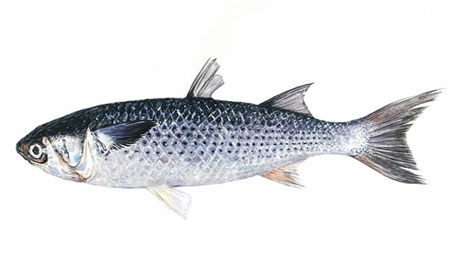
Flathead mulet
philyra pisum
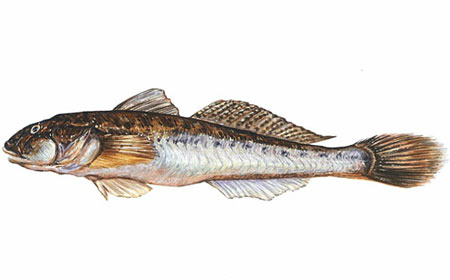
Javeline goby
Synechogobius hasta
Odonata
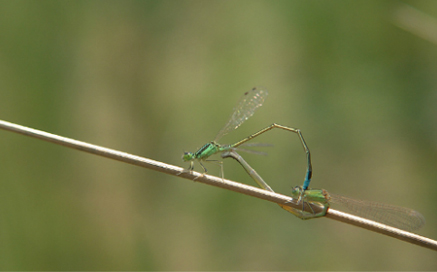
Ischnura asiatica (Brauer)
Coenagrionidae
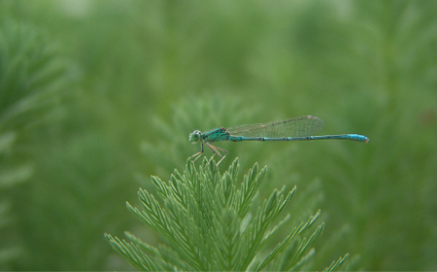
Cercion hieroglyphicum (Brauer)
Coenagrionidae
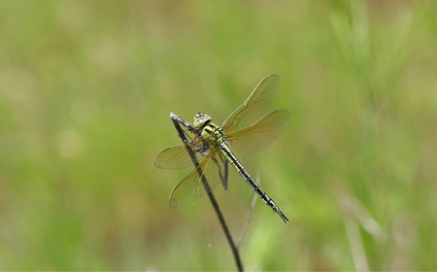
Aeshnophlebia longistigma (Selys)
Aeshinidae
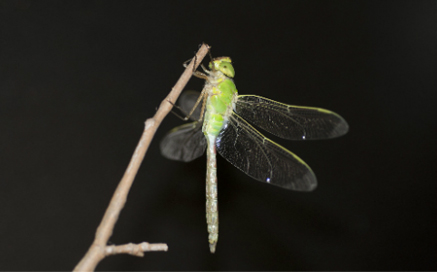
Anax parthenope juius (Brauer)
Aeshinidae
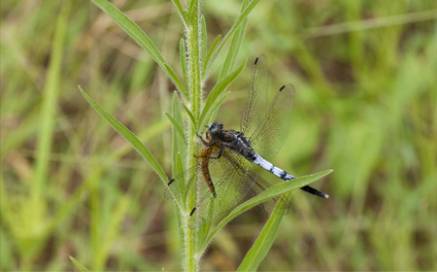
Orthetrum albistylum speciosum (Uhler)
Libellulinae
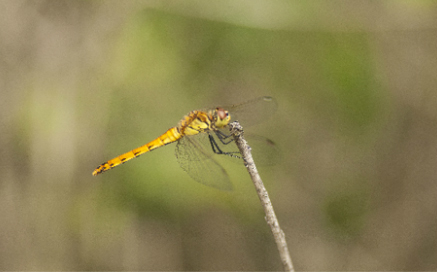
Sympetrum depressiusculum (Uhler)
Libellulinae
Mantodea
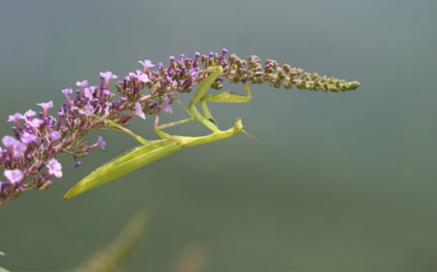
Mantis religiosa (Linne)
Mantidae
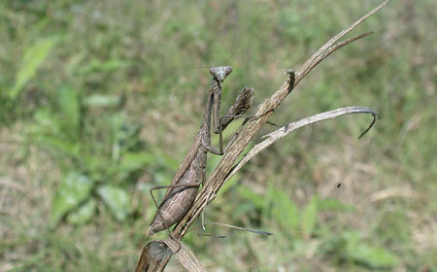
Statilia maculata (Thunberg)
Mantidae
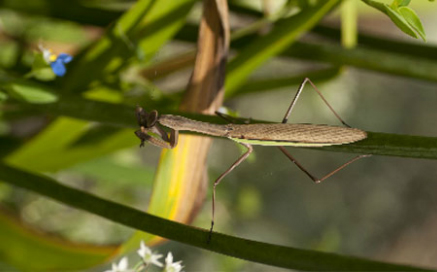
Tenodera angustipennis (Saussure)
Mantidae
Dermaptera
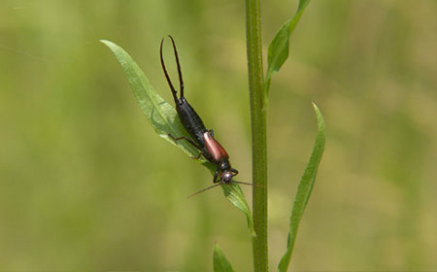
Timomenus komarovi (Semenov)
Forficulidae
Orthoptera
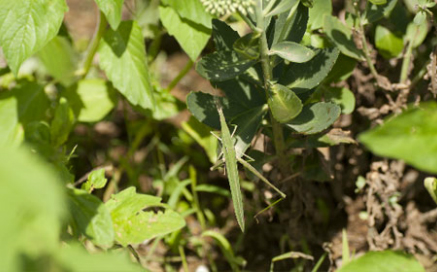
Acrididae (Thunberg)
Acrididae
Coleoptera
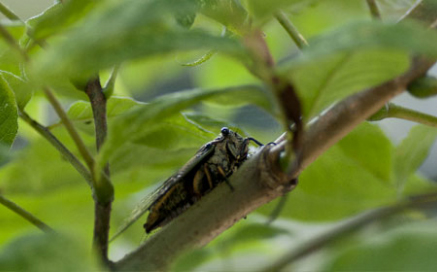
Cryptotympana dubia (Haupt)
Cicadidae
Hemiptera
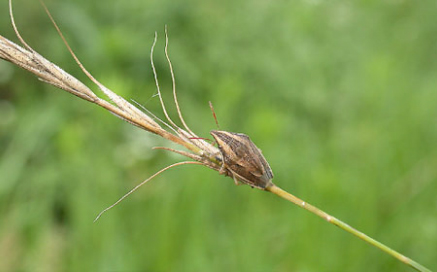
Hemiptera
Pentatomidae
Coleoptera
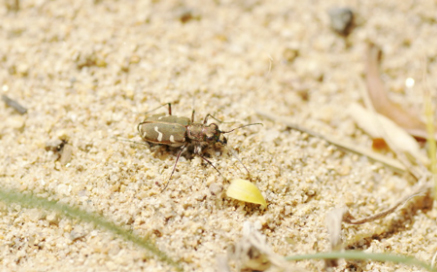
Cicindela transbaicalica hamifasciata Kolbe
Cicindelidae
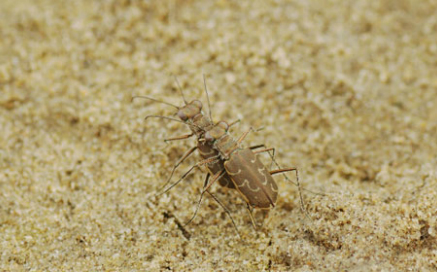
Cicindela (Eugrapha) elisae koreanica Mandl
Cicindelidae
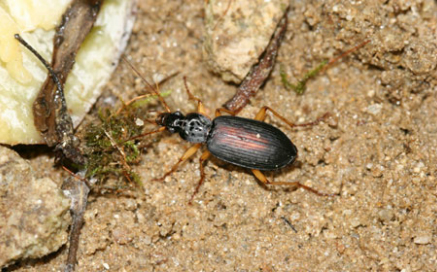
Dolichus halensis (Schaller)
Harpalidae
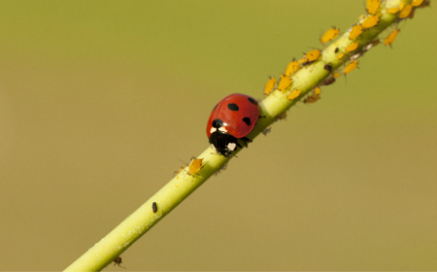
Harmonia axyridis (Pallas)
Coccinellidae
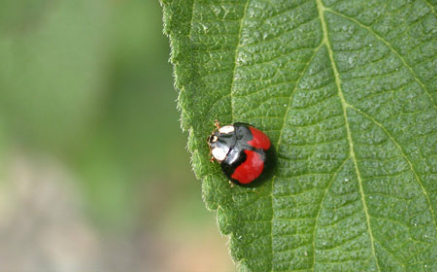
Harmonia axyridis (Pallas)
Coccinellidae
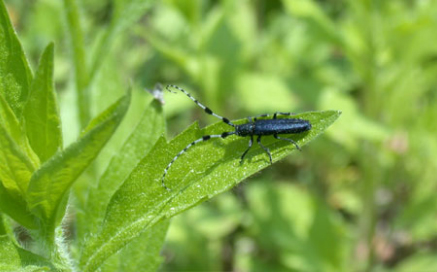
Agapanthia pilicornis (Fabricius)
Cerambycidae
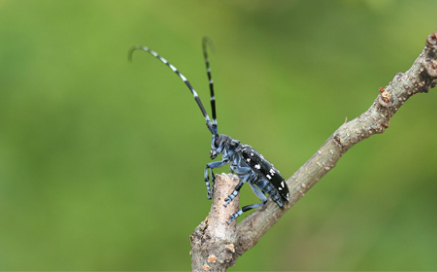
Anoplophora malasiaca (Thomson)
Cerambycidae
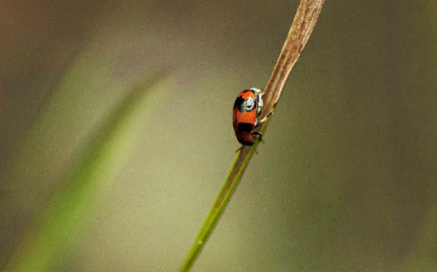
Physosmaragdina nigifrons (Hope)
Chrysomelidae
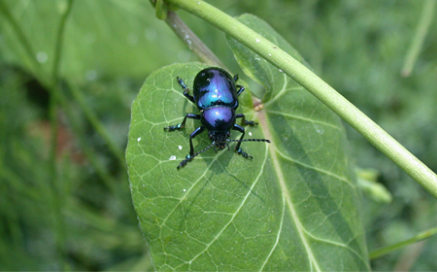
Chrysochus chinensis Baly
Chrysomelidae
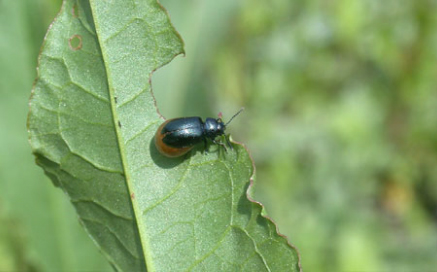
Gastrophysa atrocyanea Motschulsky
Chrysomelidae
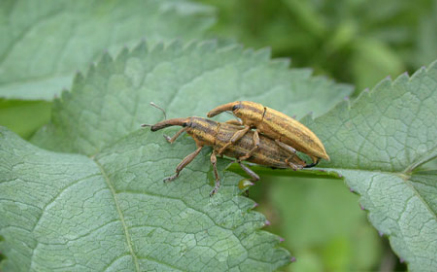
Lixus maculatus Roelofs
Curculionidae
Diptera
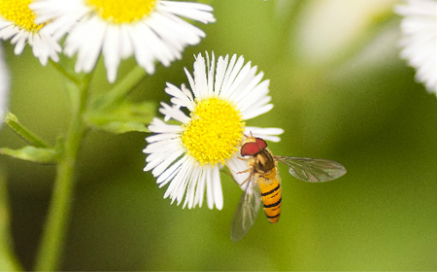
Allogropta balteata (de Geer)
Syrphidae
Lepidoptera
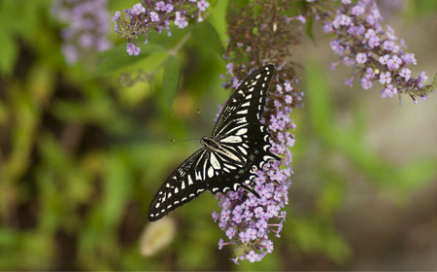
Papilio xuithus Linnaeus
Papilionidae
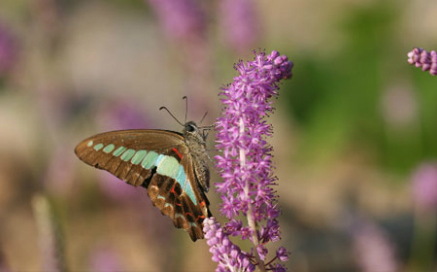
Graphium sarpedon (Linnaeus)
Papilionidae
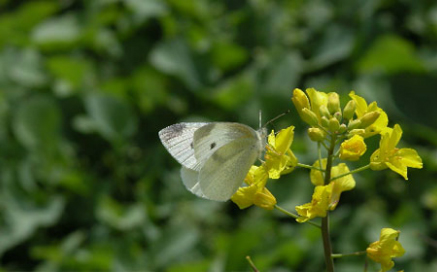
Artogenia rapae (Linnaeus)
Pieridae
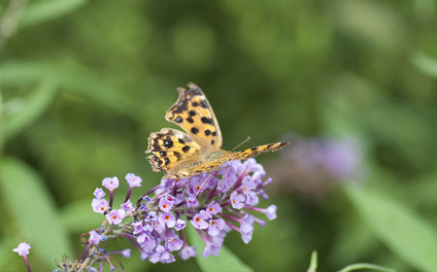
Polygonia c-aureum (Linnaeus)
Nympalidae
